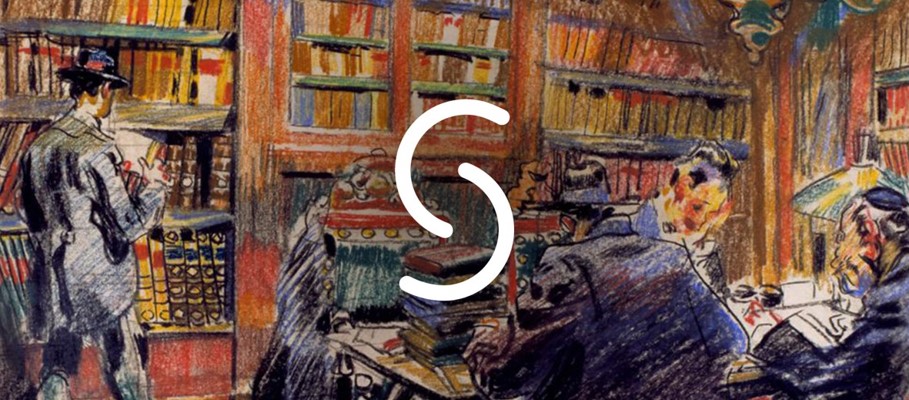Protocolos Notariales
Item
-
Country
-
ES
-
Name of institution (English)
-
Provincial Historical Archive of Soria
-
Language of name of institution
-
spa
-
Contact information: postal address
-
Plaza de San Clemente 8, 42002 Soria
-
Contact information: phone number
-
0034 975224354
-
Contact information: email
-
archivo.soria@jcyl.es
-
Reference number
-
ES.42173.AHP/119
-
Type of reference number
-
Archival reference number
-
Title (English)
-
Notarial Protocols
-
Title (official language of the state)
-
Protocolos Notariales
-
Language of title
-
spa
-
Creator / accumulator
-
Soria (Distritos notariales). Notarías
-
Date(s)
-
1501/1897
-
Language(s)
-
spa
-
Extent
-
3,723 boxes
-
Type of material
-
Textual Material
-
Physical condition
-
Poor
-
Scope and content
-
This collection includes notarial protocols relating to various cities and towns, dating back to at least the beginning of the 16th century. Those concerning the capital city of Soria (1515-1895) include documentation on New Christian wool merchants with origins in that city, in the early 16th century, with connections to the markets of Flanders and some Italian cities.
-
Archival history
-
In 1924, the Soria Provincial Monuments Commission raised the need to create a Historical Archive. However, it was not until after the Civil War that a real need to tackle the project was felt. After many efforts, the then Treasury Archivist, Concepción García Hernández, achieved the creation of the archive by order of the Ministry of National Education on January 11, 1956. The Provincial Historical Archive of Soria has its headquarters in the Palacio de los Ríos y Salcedos, located in the historic centre of Soria. This palace was ordered to be built by Alonso del Río in 1549, and it is one of the best examples of Plateresque architecture in the province of Soria.
Although most of the fonds corresponds to documents generated by the different administrations during the 19th and 20th centuries, it also holds medieval documentation from the Soria guilds and the Santa María de Huerta monastery, which are dated to the last third of the 12th century.
-
(source: Archivos de Castilla y Leon website)
-
Administrative / Biographical history
-
The Royal Charter of Castile, dating from the beginning of the 13th century, is the first code that devotes specific attention to the regulation of public notaries. However, it would be in Las Partidas de Alfonso X, El Sabio, that the institution of the notary was perfectly defined. It was established that the Royal Council would be in charge of the appointment of all the public notaries of the kingdom and the one that would determine the number of them to be had in each place.
When a clerk died or left his office for any reason, another was appointed in his place to take charge of the office and the protocols of his predecessor. The notarial records were transmitted from one to another, with the logical result that, already in the 18th century, the notaries' offices had accumulated a large archive, with the consequent problems of storage, conservation, and organisation.
The entire system of public faith in Spain would be completely disrupted by the Notarial Law of 1862, which introduced significant changes. In addition to the change of name from "escribanos" to "notarios", the notaries became public officials, subject to state regulations. The first measure that was taken was to reduce the number of existing notaries. From there, the General Directorate of Registries and Notaries established notarial demarcations, where the number corresponding to each municipality was indicated. The other great novelty contained in the Law of 1862 is that the protocols became the property of the State, and not of any specific person, being therefore subject to state legislation on Documentary Heritage.
These records have subsequently been preserved by local and regional archives, and today provide us with an important testimony to regional and local history, as well as to wider geographical scopes.
-
(source: Archivos de Castilla y Leon website)
-
System of arrangement
-
The bulk of the protocol files is made up of the bound volumes that the clerks wrote annually, as well as those belonging to specialised notaries.
-
Access, restrictions
-
Limited access due to the records' poor condition.
-
Author of the description
-
Rui Queirós de Faria, 2021
